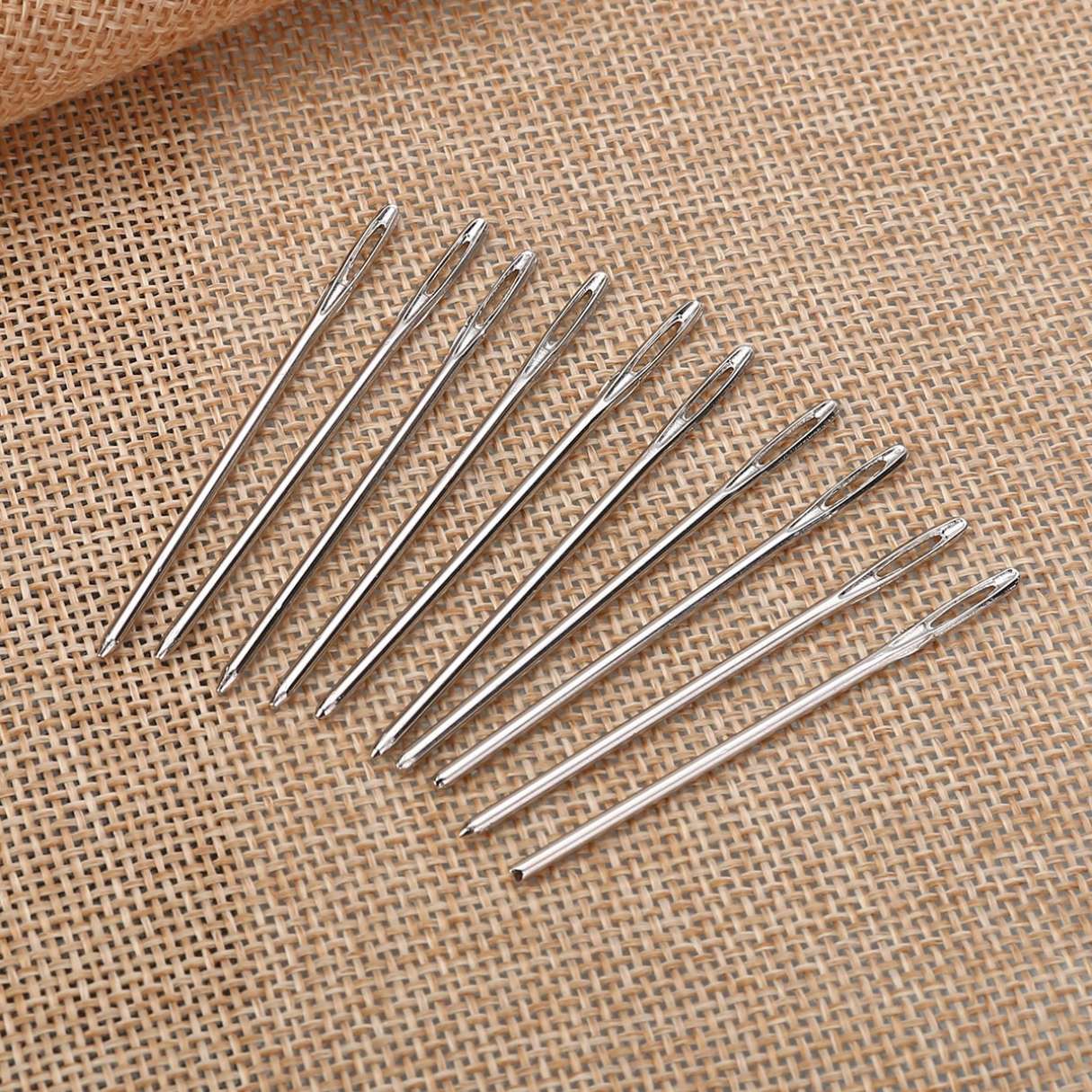

Articles
How To Store Needles
Modified: December 7, 2023
Learn how to properly store your articles, including needles, to extend their lifespan and prevent damage.
(Many of the links in this article redirect to a specific reviewed product. Your purchase of these products through affiliate links helps to generate commission for Storables.com, at no extra cost. Learn more)
Introduction
Proper needle storage is a crucial aspect of safe needle disposal and maintaining a clean and organized environment. Whether you are a healthcare professional, a diabetic patient, or someone who occasionally uses needles for medication or hobby purposes, knowing how to store needles correctly is essential to prevent accidental injuries and minimize the risk of needle-related infections.
In this article, we will delve into the various options available for needle storage and discuss the importance of proper disposal. We will explore the different needle storage containers and provide valuable tips to help you make informed decisions about the best storage methods for your needs.
Do keep in mind that while this article serves as a general guide, it is important to follow any specific guidelines or regulations set forth by your local government or healthcare authorities regarding the storage and disposal of needles.
Key Takeaways:
- Proper needle storage is crucial for safety and hygiene. Choose the right container, follow disposal guidelines, and prioritize organization to prevent injuries and maintain a clean environment.
- Utilize needle storage containers effectively. Consider safety, accessibility, and organization to ensure the longevity of needles and contribute to a safe and organized environment.
Read more: How To Store Sewing Needles
Proper Disposal of Used Needles
Before we jump into the topic of needle storage, it’s important to emphasize the significance of proper needle disposal. Used needles can pose serious health hazards if not disposed of correctly. They can transmit infections such as HIV, hepatitis B, and hepatitis C if they come into contact with someone else’s blood or bodily fluids.
Follow these guidelines for safe and proper disposal of used needles:
- Never throw loose needles in the trash or recycling bin. This can lead to accidental needlestick injuries for waste management workers or anyone who comes into contact with the garbage.
- Use a designated sharps container for disposal. Sharps containers are specially designed containers that are puncture-resistant and leak-proof, ensuring the safe containment of used needles.
- Seal the sharps container tightly. Once the container is filled, make sure to close it securely to prevent accidental spills or needle exposure.
- Check local regulations for disposal methods. Different areas may have specific guidelines for sharps container disposal. It is essential to be aware of and comply with these regulations.
- If a sharps container is not available, use a hard plastic or metal container with a secure lid instead. Ensure that the container is puncture-resistant and clearly labeled as “used needles” or “biohazard.”
- Never recap used needles. This practice increases the risk of accidental needlestick injuries. Dispose of the entire needle and syringe assembly into the appropriate container immediately after use.
- If you are unsure about the proper disposal methods, contact your local healthcare or waste management facility for guidance.
Remember, safe needle disposal is not only necessary for your own well-being but also for the safety of others and the environment. By following these disposal guidelines, you can prevent the spread of infections and contribute to a cleaner and safer community.
Needle Storage Safety Precautions
Properly storing needles is vital to ensure the safety and integrity of the needles as well as to prevent accidental injuries. Here are some needle storage safety precautions to keep in mind:
- Keep needles out of reach of children and pets. Needles can cause serious harm if accidentally mishandled or ingested, so it’s crucial to store them in a secure location.
- Avoid storing needles in common areas such as kitchens or bathrooms where they may be accidentally accessed by family members or visitors.
- Store needles in a cool, dry place to prevent damage. Exposure to extreme temperatures or humidity can degrade needle materials and compromise their functionality.
- Consider using child-resistant containers for needle storage. These containers are designed to require specific actions or combinations to open, providing an extra layer of safety.
- If you have a large quantity of needles to store, consider segregating them by type or purpose. This organization can help you easily locate the needles you need while maintaining orderliness.
- Label your needle storage containers clearly. This step is particularly important if you have multiple containers or different types of needles. Clearly marking the containers can prevent confusion and ensure you easily find the desired needles.
- Inspect needles for damage or contamination before storage. If you notice any signs of damage, such as bent or broken needles, or if the needle is exposed to blood or other bodily fluids, dispose of it according to proper disposal guidelines.
- Keep a sharps disposal container nearby for convenient and immediate access. This is especially beneficial if you frequently use needles and need a designated place to dispose of them after use.
- Regularly review and update your needle storage system. Over time, you may accumulate expired or unnecessary needles. Dispose of these needles safely and reorganize your storage area to maintain an efficient and clutter-free space.
By following these needle storage safety precautions, you can ensure the longevity of your needles, prevent accidental injuries, and maintain a safe and organized environment for yourself and others.
Choosing the Right Needle Storage Container
When it comes to needle storage, selecting the appropriate container is essential for maintaining safety and organization. Here are some factors to consider when choosing the right needle storage container:
- Safety: Look for containers that are puncture-resistant and leak-proof. This feature ensures that needles are securely contained, minimizing the risk of accidental needlestick injuries.
- Size: Consider the quantity of needles you need to store. Choose a container that is spacious enough to accommodate your needs without overcrowding. This will make it easier to access the needles when required.
- Accessibility: Look for containers that provide easy access to the needles while keeping them securely stored. Containers with lids that can be opened and closed easily, without the risk of accidental spills, are ideal.
- Portability: If you frequently travel or need to carry needles with you, consider a portable storage solution. Look for compact containers that are lightweight and designed for on-the-go convenience.
- Transparency: Opt for containers that offer transparency, such as clear plastic or glass, so you can easily see the contents. This makes it easier to locate specific needles without having to rummage through multiple containers or labels.
- Sealability: Ensure that the container has a secure seal to prevent contamination or accidental exposures. This is particularly important if the needles will be stored for an extended period.
- Disposal compatibility: Consider containers that are compatible with disposal methods approved by your local waste management facility. This will make it easier to transfer the needles from the storage container to an appropriate sharps disposal container when necessary.
- Durability: Choose containers made from durable materials that can withstand everyday wear and tear. This will help maintain the integrity of the container and ensure the long-term storage of the needles.
Ultimately, the right needle storage container will depend on your specific needs and preferences. Consider these factors to make an informed decision and select a container that meets your requirements for safety, accessibility, and organization.
Option 1: Using a Needle Disposal Container
A needle disposal container is a specifically designed container for the safe and secure disposal of used needles. These containers are typically made of rigid plastic and are puncture-resistant and leak-proof, ensuring the containment of needles and minimizing the risk of accidental needlestick injuries.
Here are some key points to consider when using a needle disposal container:
- Choose the appropriate size: Needle disposal containers come in various sizes to accommodate different quantities of needles. Select a container that suits your needs – whether you require a small, portable container for personal use or a larger container for healthcare facilities.
- Use a pre-labeled container: Many needle disposal containers come pre-labeled with biohazard symbols or descriptions such as “Sharps” or “Used Needles.” These labels help clearly identify the container’s contents and warn others of potential hazards.
- Ensure proper closure: Make sure the container has a tightly sealing lid or closure mechanism to prevent accidental spills or exposure to the needles. This is especially important if the container will be transported or stored in areas accessible to others.
- Do not overfill: Avoid overfilling the needle disposal container to the point where it becomes difficult to close or might cause the container to burst. Familiarize yourself with the fill level guidelines provided by the container manufacturer.
- Dispose of the container correctly: Once the needle disposal container is full, follow your local guidelines for the proper disposal of the container. In many cases, this involves contacting your local healthcare facility or waste management facility for instructions on drop-off or collection points.
Using a needle disposal container provides a safe and convenient way to store and dispose of used needles. These containers are widely available in pharmacies, healthcare supply stores, and online. They are an excellent solution for individuals and healthcare facilities to ensure the proper disposal of needles and maintain a safe environment.
Store needles in a pincushion or needle case to keep them organized and prevent them from getting lost or causing injury. Avoid storing them loose in a container to prevent accidental pricks.
Read more: How To Store Knitting Needles
Option 2: Using a Sharps Container
A sharps container is a specialized container specifically designed for the safe disposal of used needles, lancets, and other sharp medical instruments. These containers are made of rigid, puncture-resistant plastic and are equipped with a lid or closure mechanism to securely contain the sharps and minimize the risk of accidental needlestick injuries.
Here’s what you need to know about using a sharps container:
- Choose the right size: Sharps containers come in various sizes to accommodate different quantities of sharps. Consider your needs and the volume of sharps you expect to dispose of. It’s important to choose a container that is large enough to hold your sharps without overcrowding.
- Ensure proper closure: Sharps containers should have a secure closure mechanism to prevent accidental spills or exposure to the contained sharps. Look for containers with a tight-fitting lid or a locking mechanism.
- Place the container in a safe location: Position the sharps container in a location that is easily accessible but out of reach of children, pets, or anyone who may accidentally come into contact with the sharps. Consider placing it in a medical cabinet or secure area.
- Do not overfill: Overfilling a sharps container can increase the risk of accidental needlestick injuries. Fill the container to the designated fill line, which is typically marked on the container. If the container becomes full before you are able to dispose of it, seal it tightly and start using a new container.
- Dispose of the container correctly: Contact your local healthcare facility or waste management authority to determine the proper disposal methods for sharps containers. They may have specific guidelines for drop-off locations or collection programs.
- Do not reuse sharps containers: Once a sharps container is full and sealed, it should be disposed of according to the recommended guidelines. Do not attempt to reuse the container for any other purpose.
Using a sharps container ensures the safe disposal of used needles and other sharp medical instruments. These containers provide an effective and reliable solution for healthcare facilities, clinics, and individuals who regularly use sharps. By utilizing a sharps container, you can minimize the risk of accidental injuries and contribute to the overall safety of your environment.
Option 3: Using a Needle Storage Case or Organizer
If you prefer a more organized and portable solution for needle storage, using a needle storage case or organizer might be the right option for you. These cases or organizers are specifically designed to keep needles neatly organized and easily accessible. They come in various sizes, designs, and materials to suit different storage needs and personal preferences.
Here’s what you should consider when using a needle storage case or organizer:
- Choose the right size and design: Needle storage cases and organizers come in a range of sizes, from small travel-size cases to larger containers with multiple compartments. Consider the number and types of needles you need to store and select a case or organizer that can accommodate your collection.
- Ensure proper needle protection: Look for a case or organizer that provides adequate protection for your needles. The case should have compartments, slots, or holders designed to securely hold the needles and prevent them from shifting or getting damaged during storage or transportation.
- Consider portability: If you need to carry your needles with you, choose a storage case that is compact and portable. Look for features such as a handle, strap, or lightweight design that allows for easy transportation.
- Ensure cleanliness and hygiene: It’s important to keep your needle storage case clean to prevent contamination. Choose a case or organizer that is easy to clean and sanitize as needed.
- Label and organize: To maintain organization, label each section or compartment of the storage case. This will help you quickly identify and locate specific types of needles when needed.
- Consider additional storage needs: Some needle storage cases or organizers also come with additional compartments or pockets for storing other related items such as alcohol swabs, bandages, or medication vials. This can be convenient for keeping all your needle-related supplies together.
- Store the case in a safe location: When not in use, store your needle storage case in a secure and accessible location. Keep it out of the reach of children and pets to prevent accidental exposure.
A needle storage case or organizer offers a practical and organized way to store and transport your needles. It allows for easy access, protects your needles from damage, and provides a portable solution for those on the go. By utilizing a needle storage case, you can ensure that your needles are organized, easily accessible, and properly protected.
Additional Tips for Needle Storage
In addition to choosing the right storage container or organizer, here are some additional tips for effective needle storage:
- Keep needles in their original packaging: If your needles come in individual sterile packages, it’s best to keep them in their original packaging until ready for use. This helps maintain their sterility and prevents contamination.
- Store needles away from direct sunlight: Exposure to direct sunlight can degrade needle materials over time. To maintain their integrity, store needles in a dark or shaded area, away from windows or other sources of direct sunlight.
- Avoid storing needles near heat sources: Heat can also affect the quality and functionality of needles. Keep them away from heaters, stoves, or other heat-emitting appliances to prevent potential damage.
- Consider temperature and humidity control: If you live in an area with extreme temperature or humidity conditions, it’s important to store needles in a controlled environment. Consider using a temperature-controlled storage area or invest in a dehumidifier to maintain optimal conditions.
- Rotate your stock: If you have multiple packages of the same type of needle, rotate your stock so that the oldest ones are used first. This helps prevent the expiration of needles and ensures that you always have fresh, effective needles on hand.
- Avoid overcrowding: Whether you’re using a storage container or organizer, avoid overcrowding the needles. Proper spacing allows for better airflow and prevents damage to the needles.
- Regularly inspect your needles: Take the time to inspect your needles periodically. Look for any signs of damage or contamination and dispose of any needles that appear compromised.
- Keep records and track expiration dates: If you’re storing needles for medical or prescription purposes, it’s helpful to keep records and track the expiration dates. This ensures that you use them before they expire and helps you manage your supply effectively.
By following these additional tips, you can optimize your needle storage practices and maintain the quality and safety of your needles over time.
Conclusion
Proper needle storage is an essential part of maintaining safety, organization, and hygiene when it comes to managing needles. Whether you are a healthcare professional, a diabetic patient, or simply someone who occasionally uses needles for medical or hobby purposes, following the correct needle storage practices is crucial.
Understanding the importance of proper disposal and implementing safe storage methods can help prevent accidental injuries, minimize the risk of infections, and contribute to a cleaner and safer environment.
In this article, we explored different options for needle storage, including needle disposal containers, sharps containers, and needle storage cases/organizers. Each option offers its own benefits, depending on individual needs and preferences.
Remember to prioritize safety when choosing a needle storage container or organizer. Look for qualities like puncture resistance, leak-proof seals, and child-resistant features to safeguard against accidental exposures or injuries.
Furthermore, following additional tips like keeping needles in their original packaging, storing them away from sunlight and heat sources, and regularly inspecting your stock can help maintain the quality and integrity of the needles.
By practicing proper needle storage techniques, you can ensure the safety of yourself, your family, and those around you. It is crucial to adhere to your local regulations and guidelines when it comes to the disposal of used needles and the storage of new ones.
Remember, proper needle storage goes hand in hand with responsible needle disposal. Make it a priority to dispose of used needles safely and responsibly to protect yourself and others from potential harm.
Take the time to educate yourself and those around you about safe needle storage practices. By doing so, you can contribute to a community that prioritizes health, safety, and well-being.
Frequently Asked Questions about How To Store Needles
Was this page helpful?
At Storables.com, we guarantee accurate and reliable information. Our content, validated by Expert Board Contributors, is crafted following stringent Editorial Policies. We're committed to providing you with well-researched, expert-backed insights for all your informational needs.
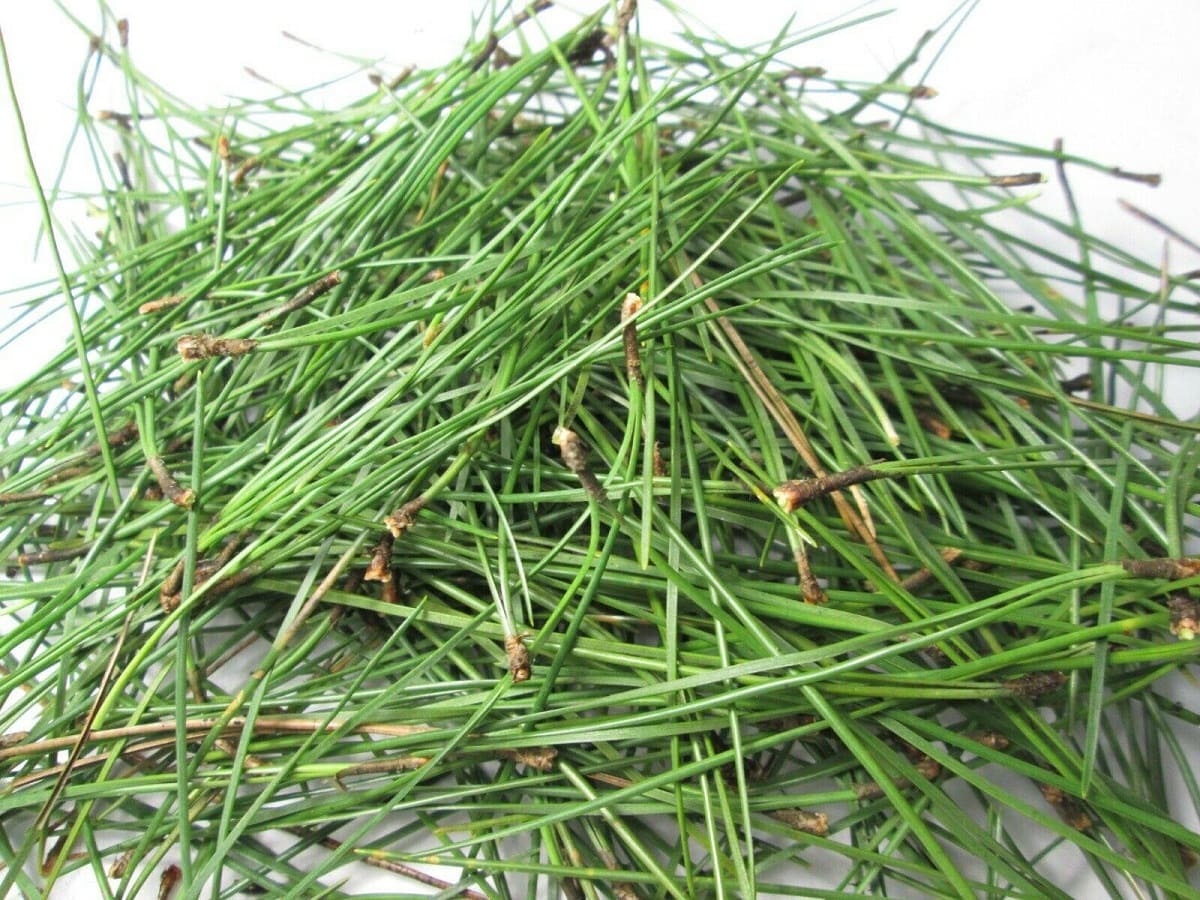
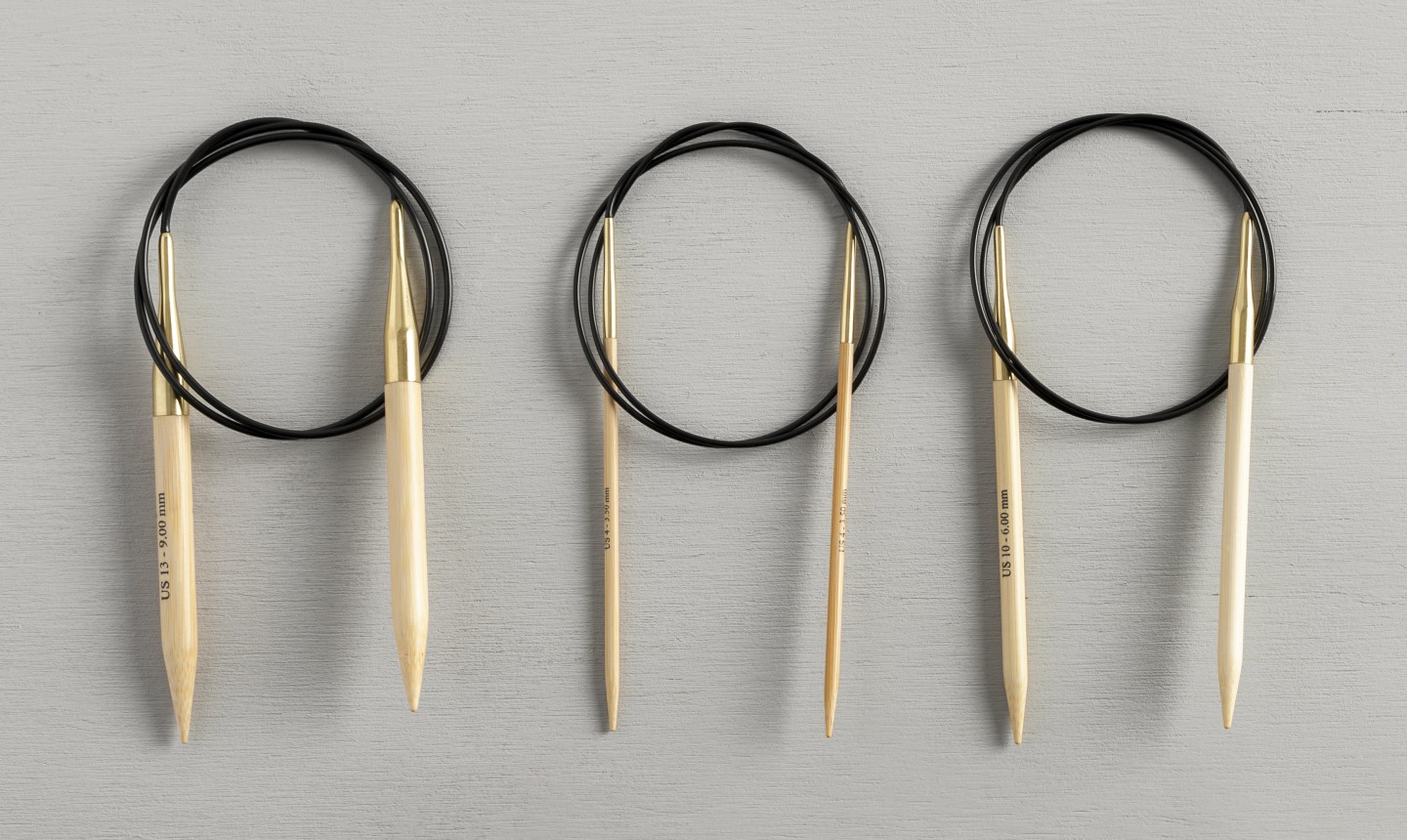
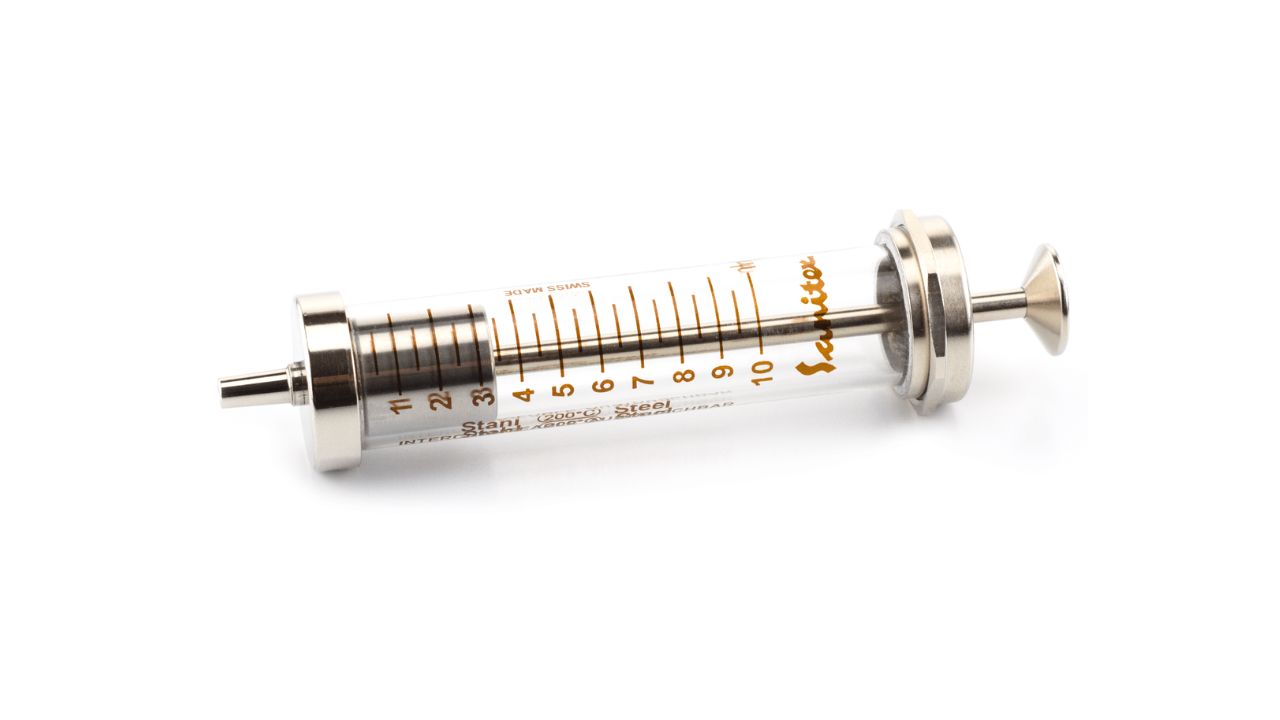
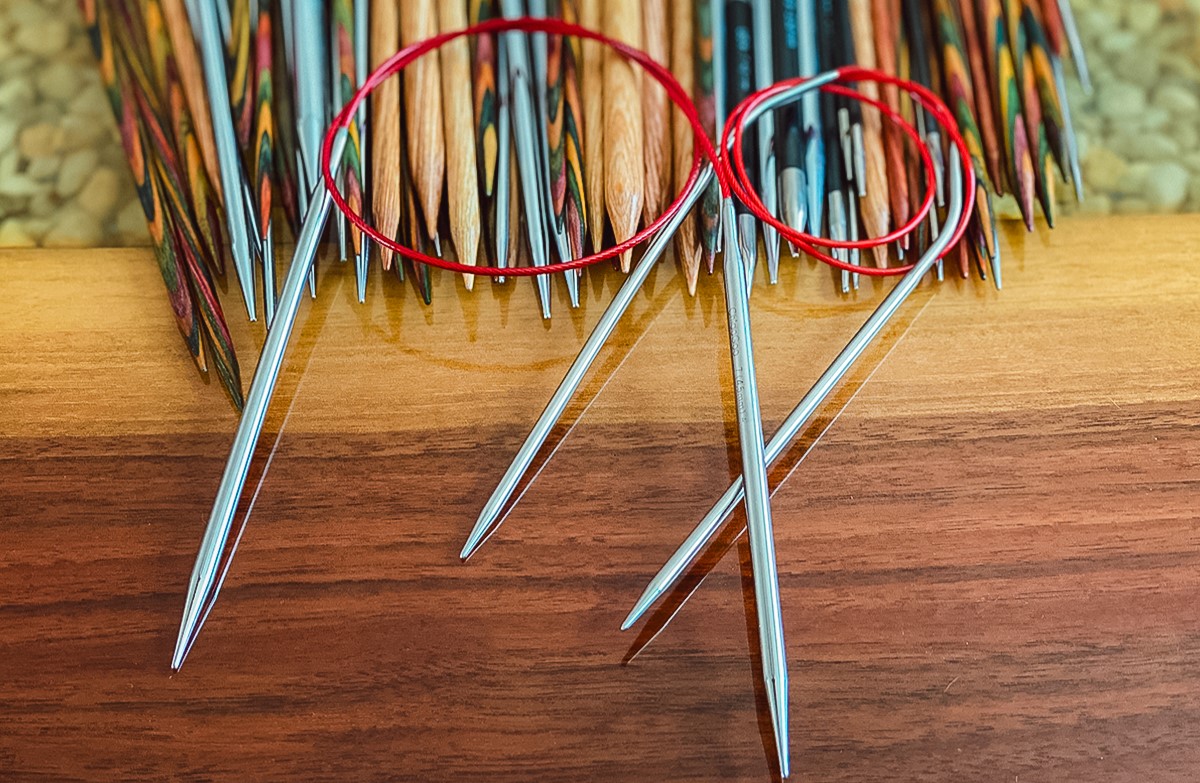
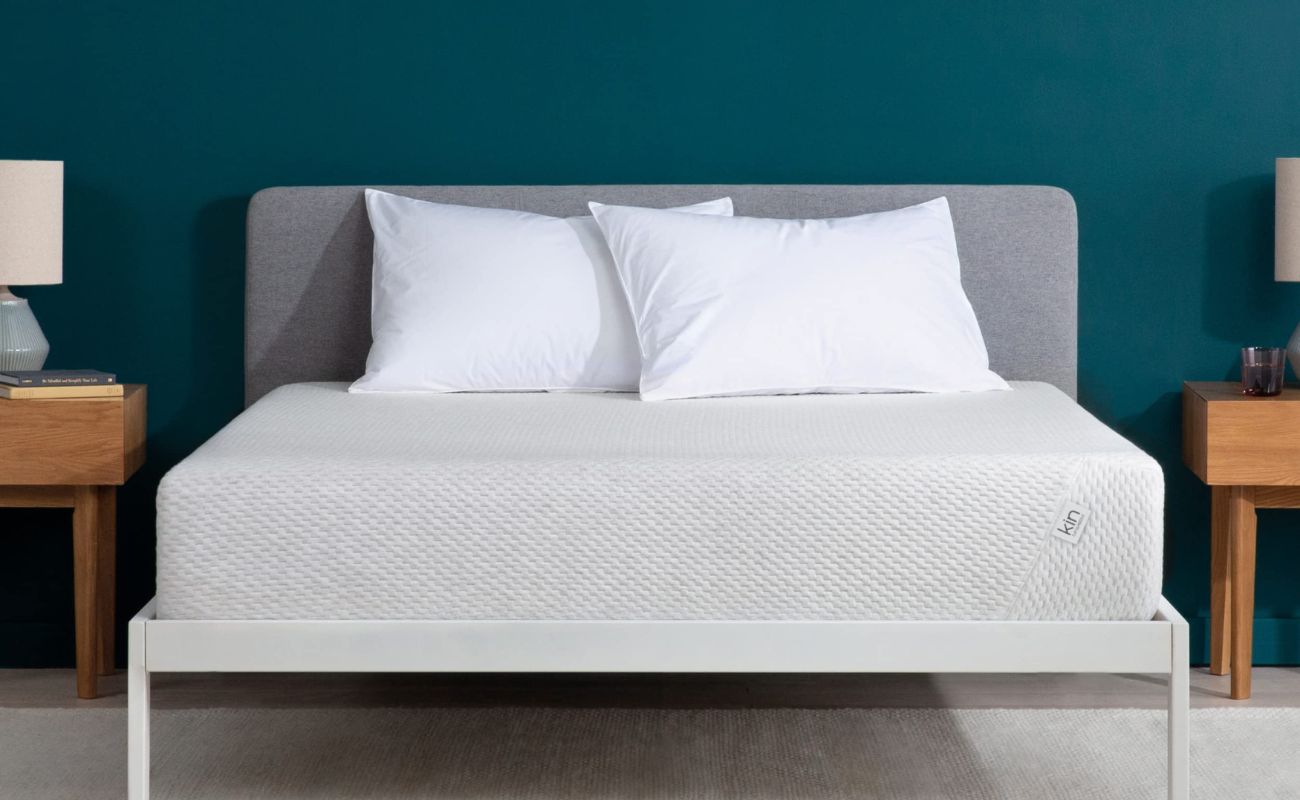
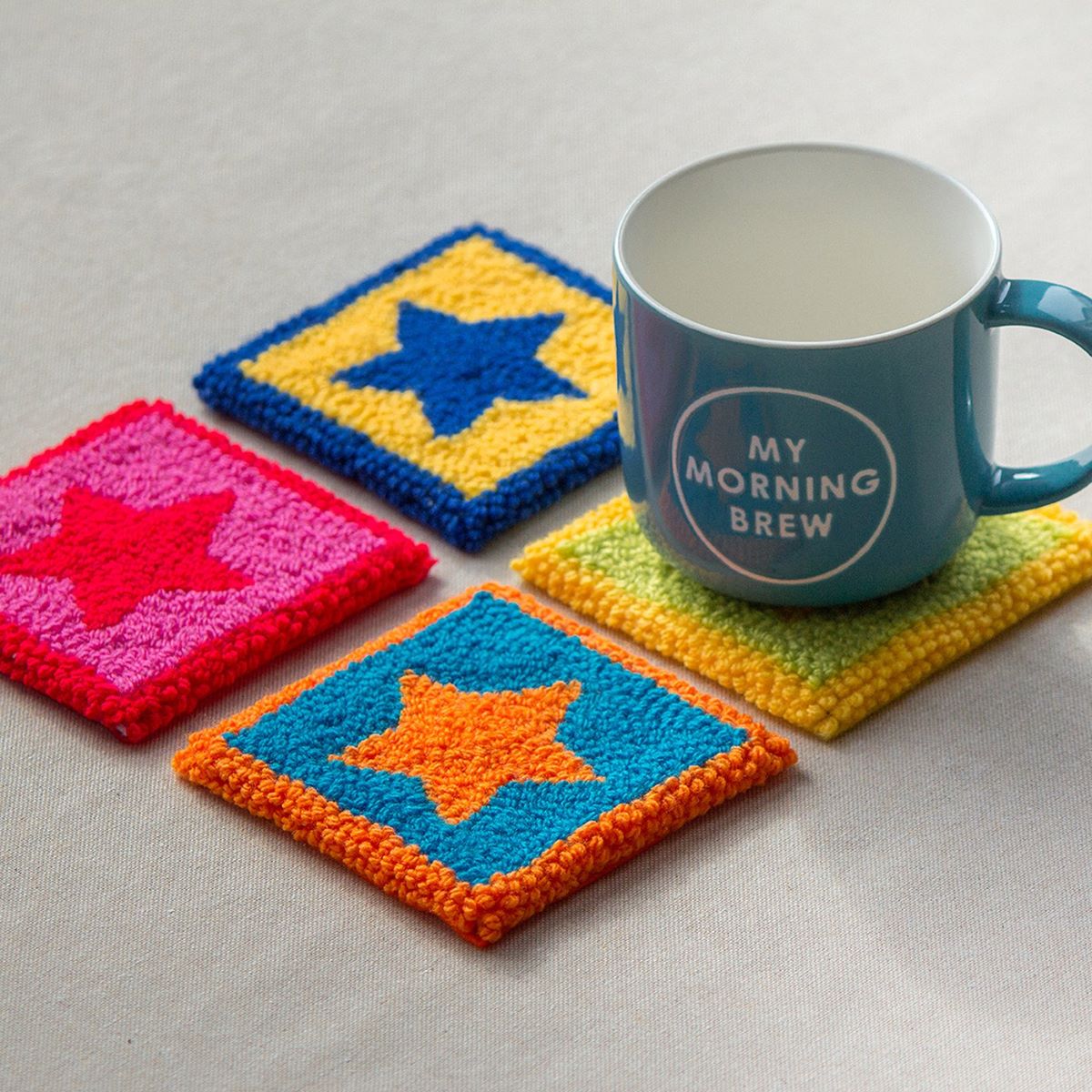
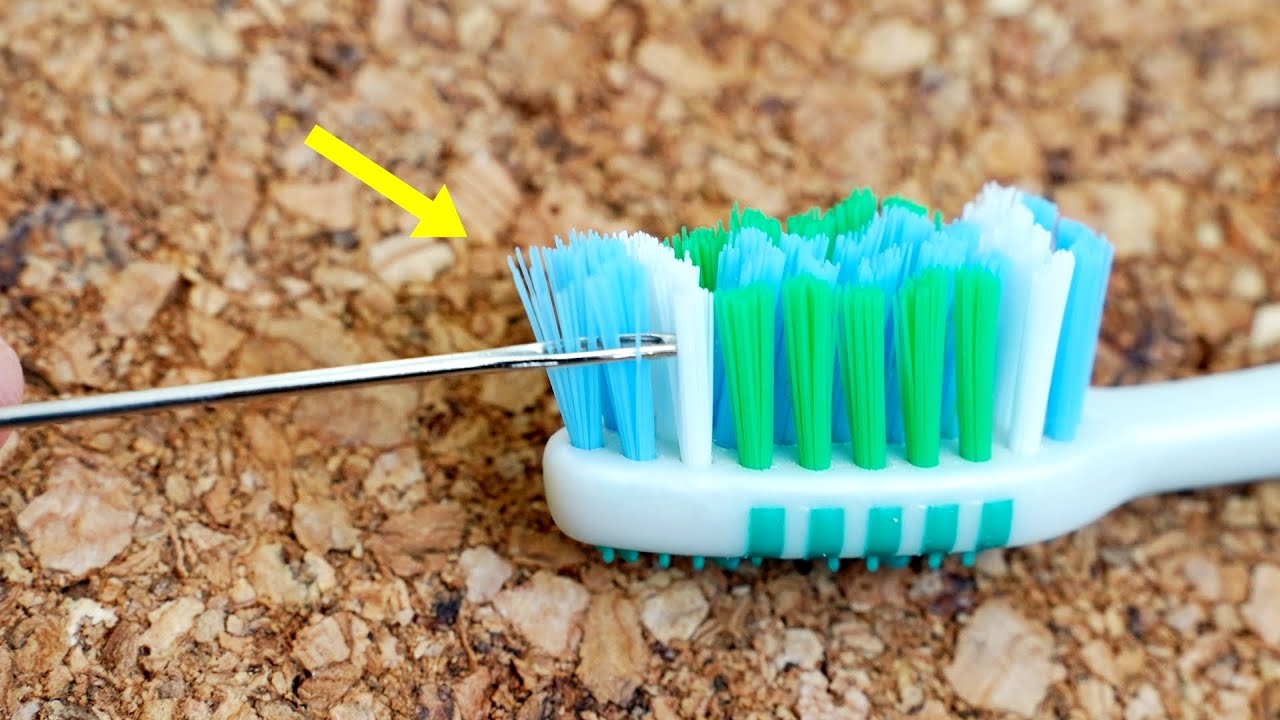
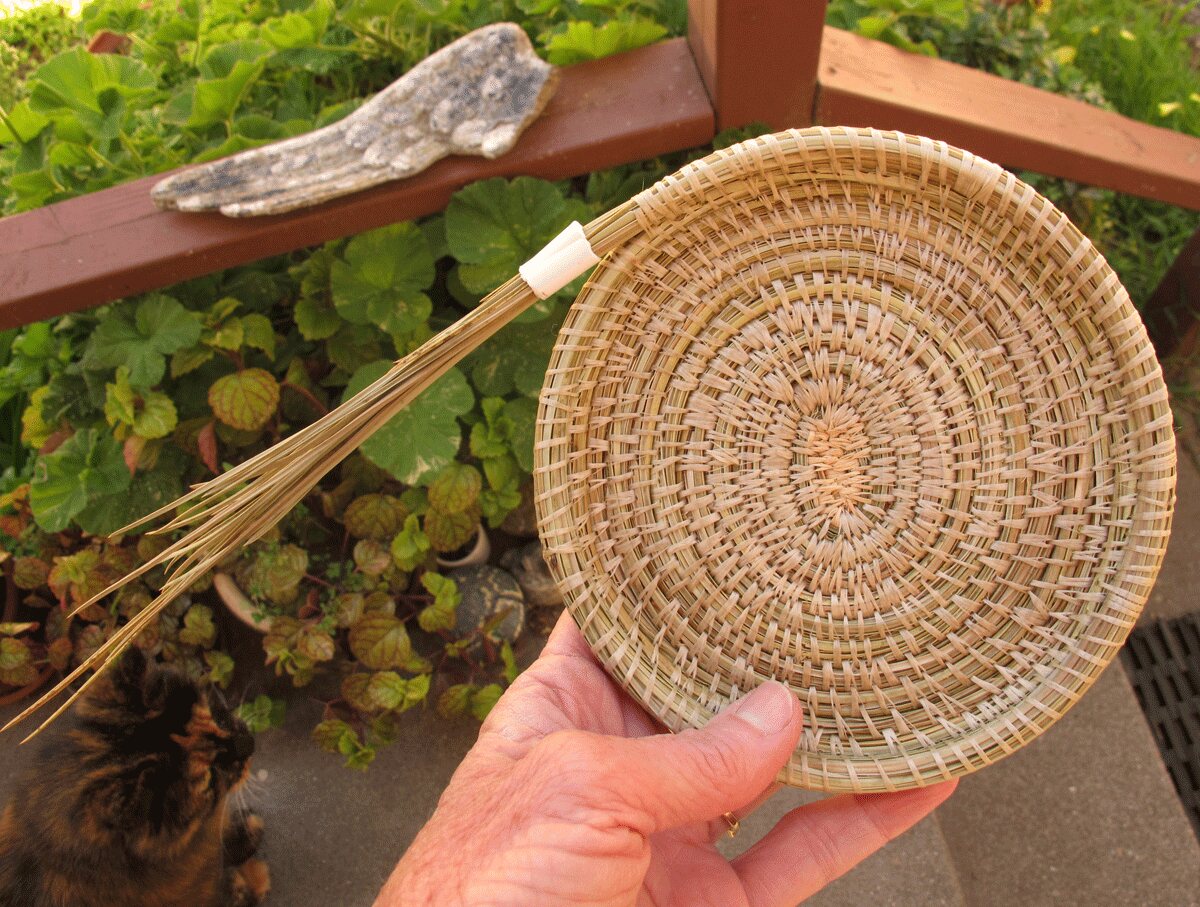
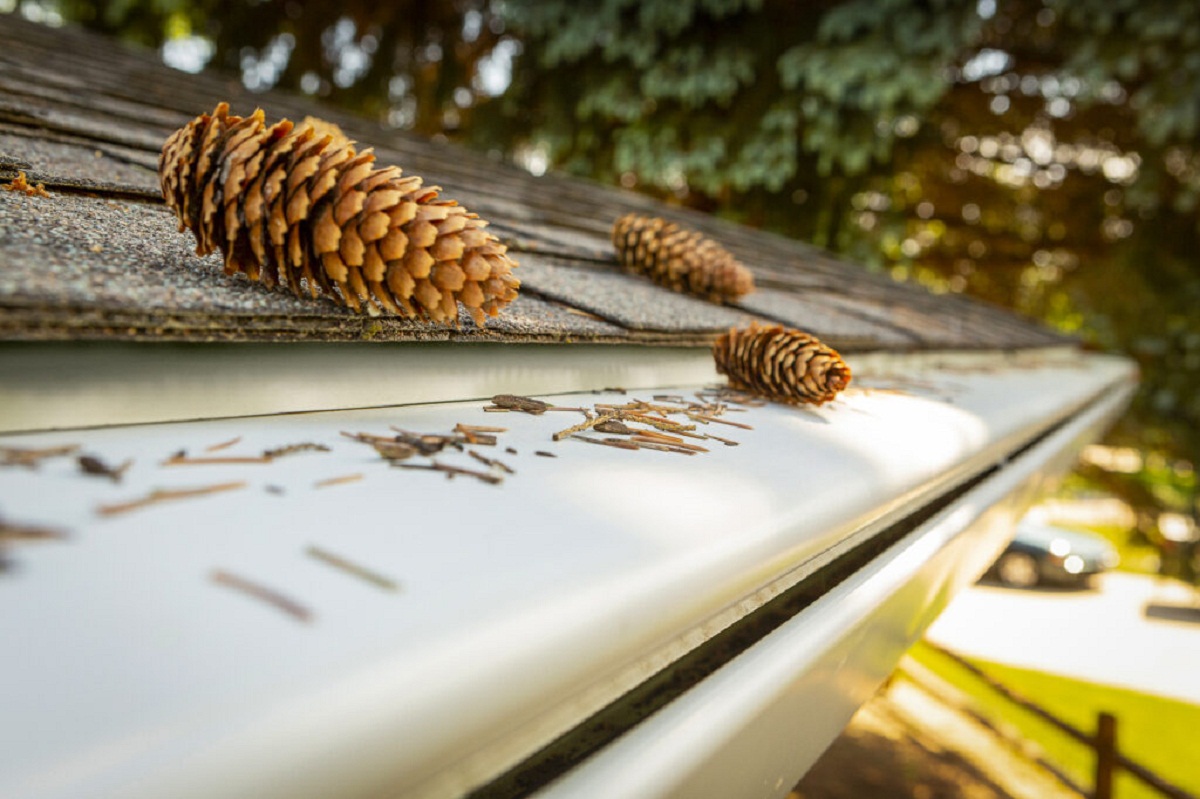
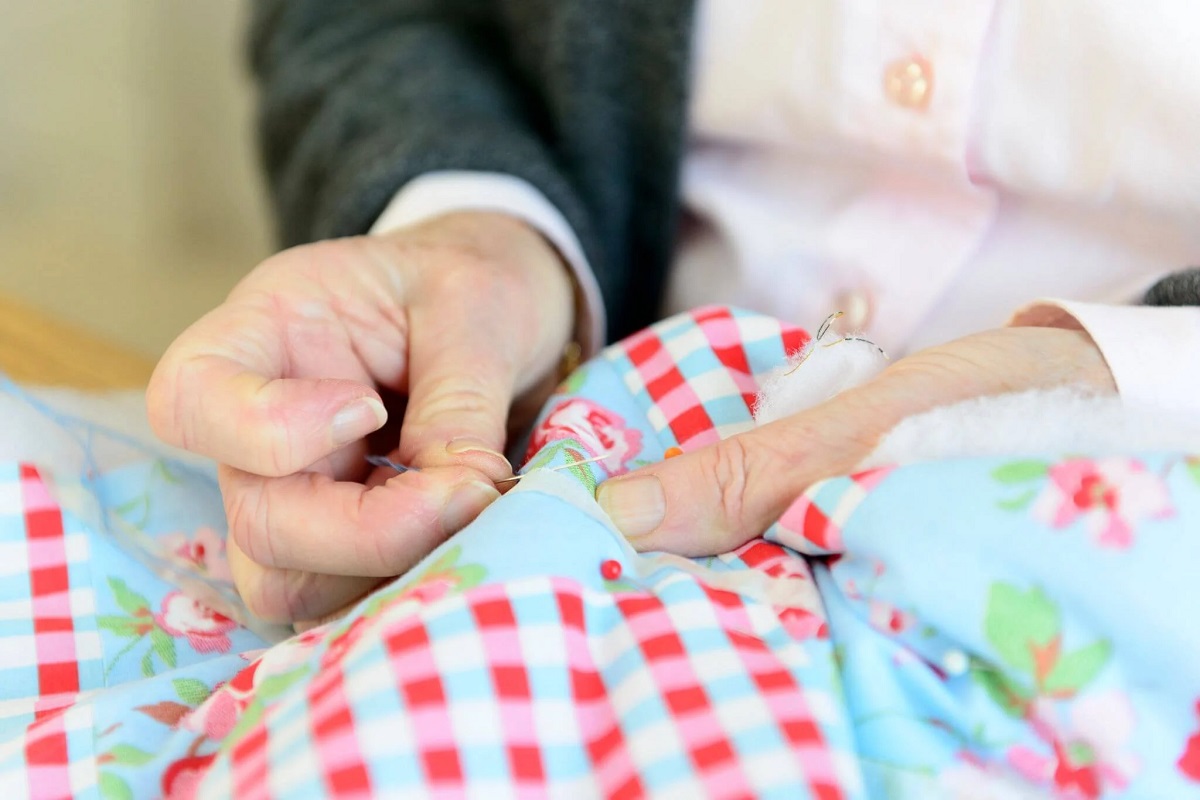
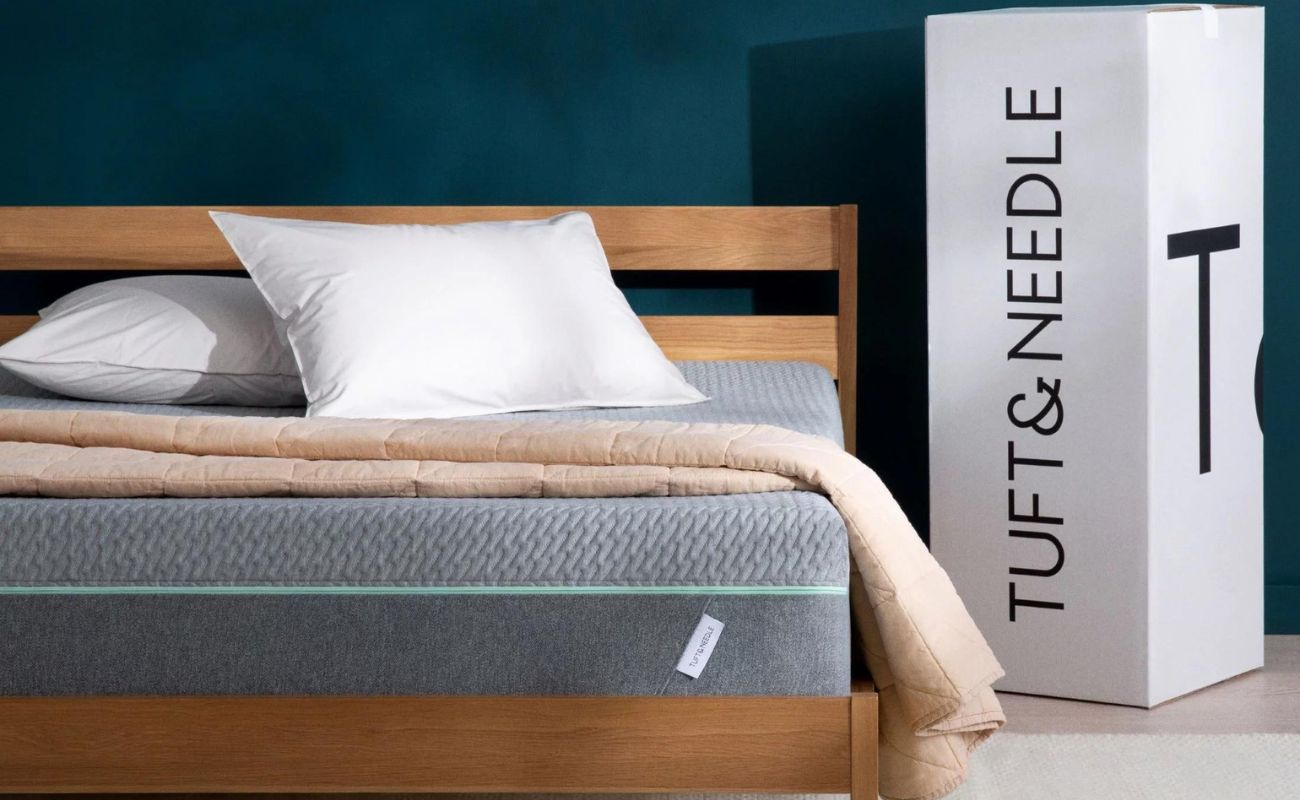
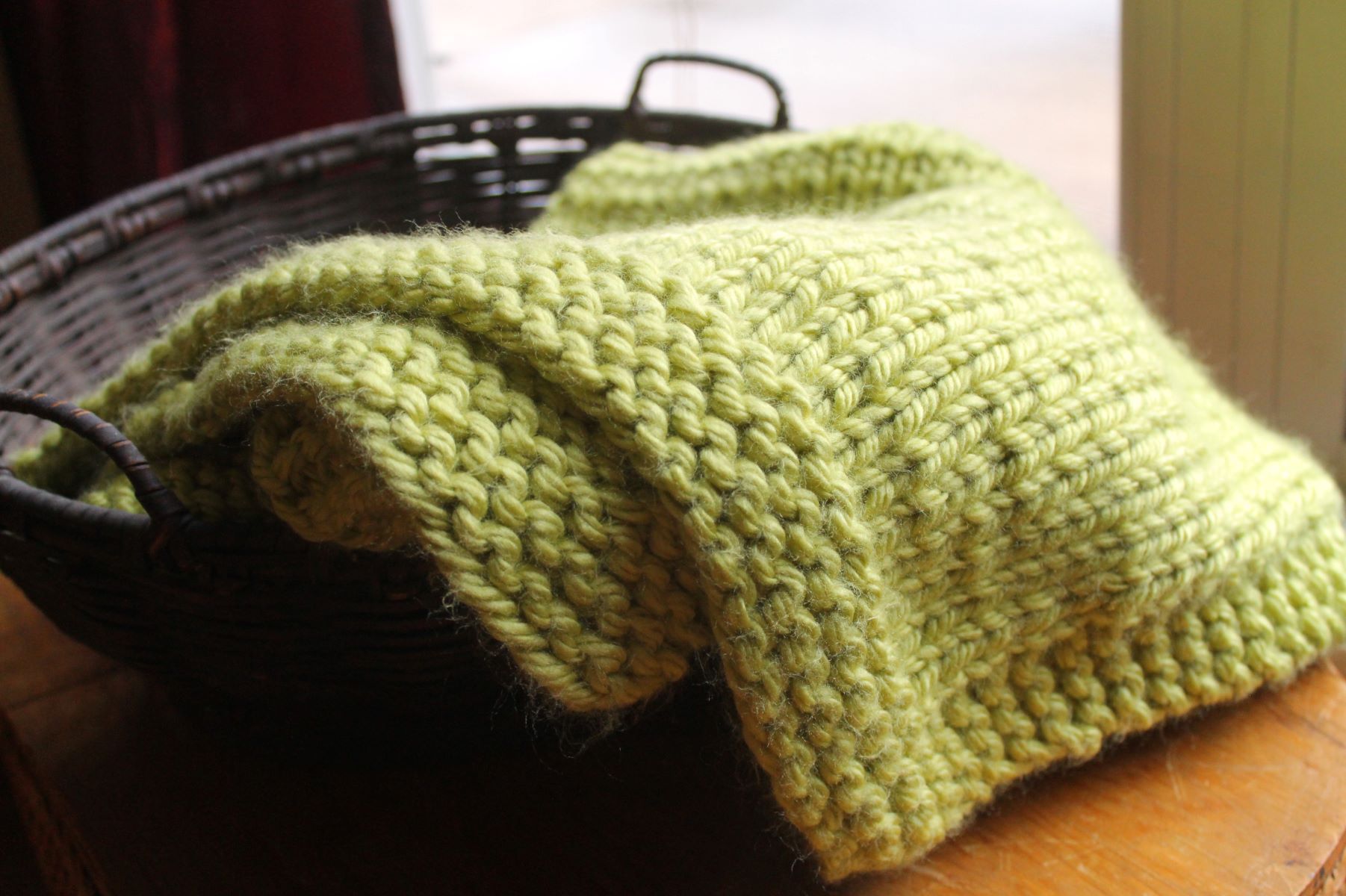
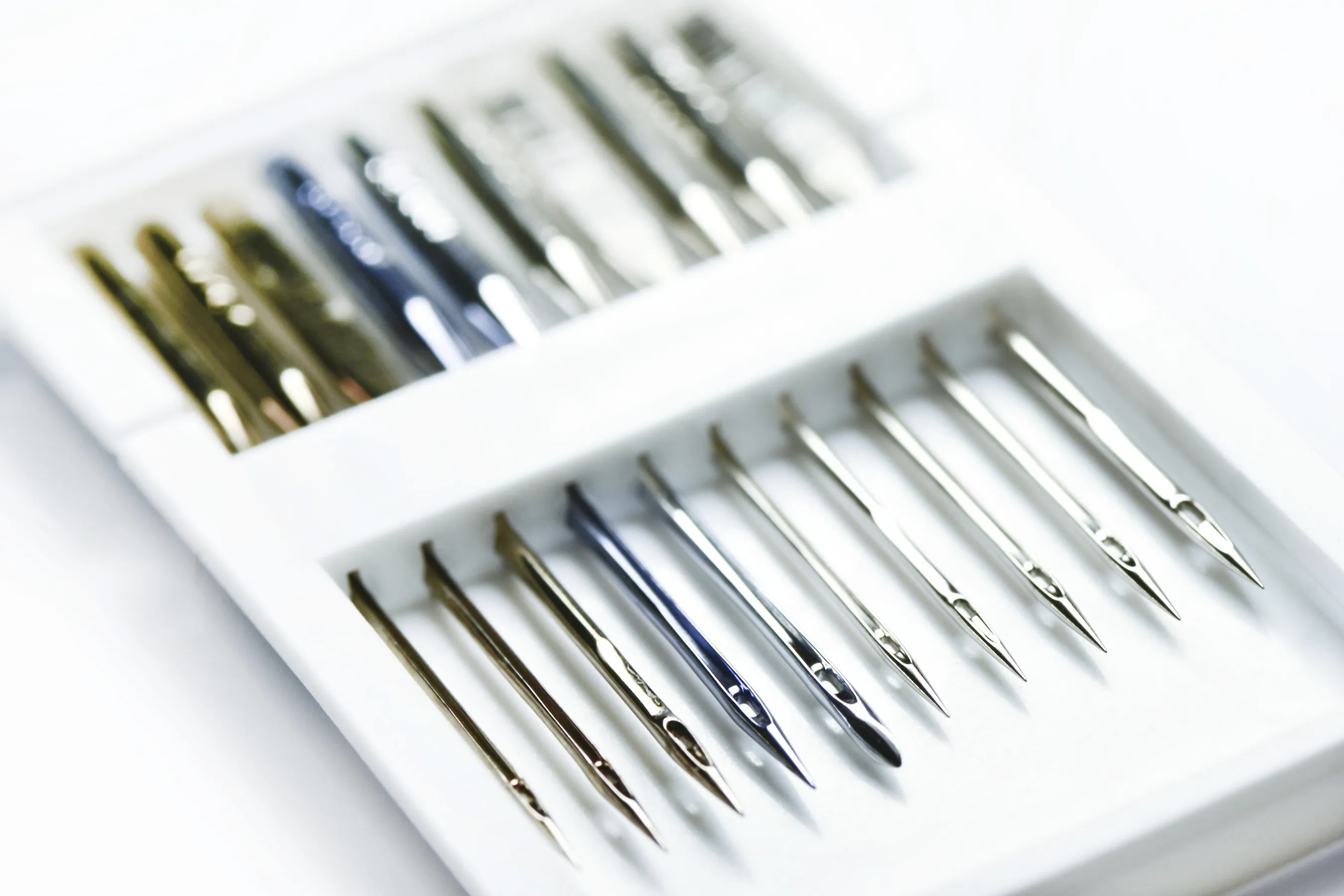


0 thoughts on “How To Store Needles”